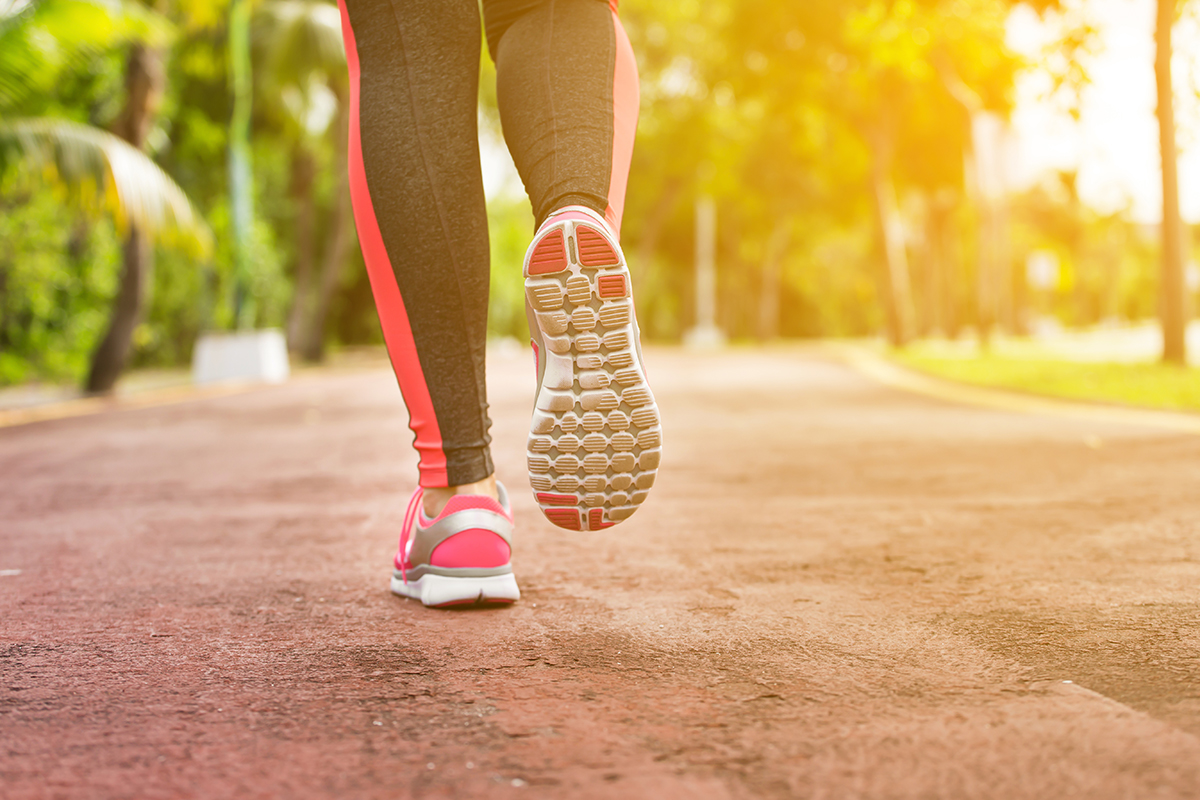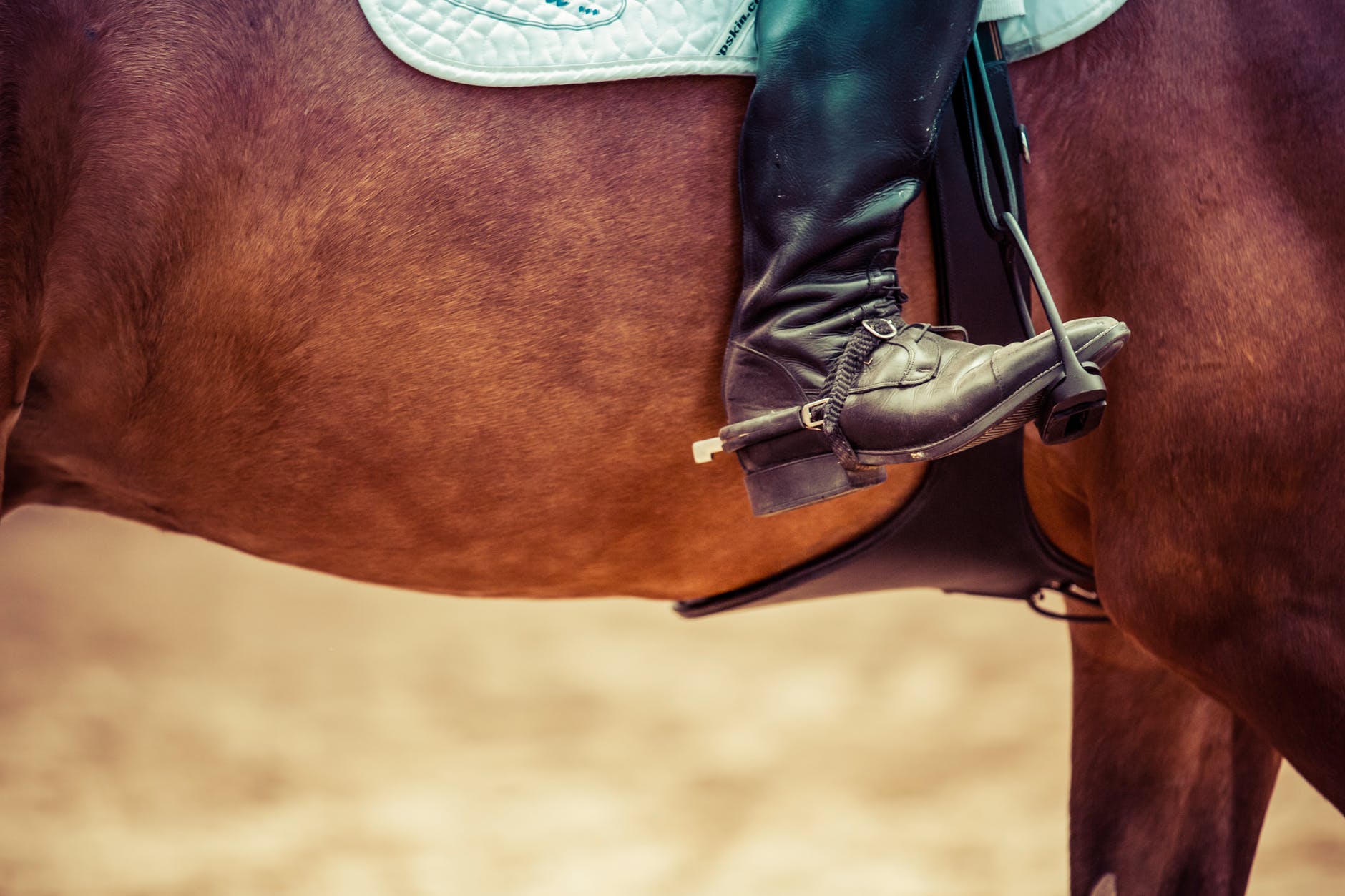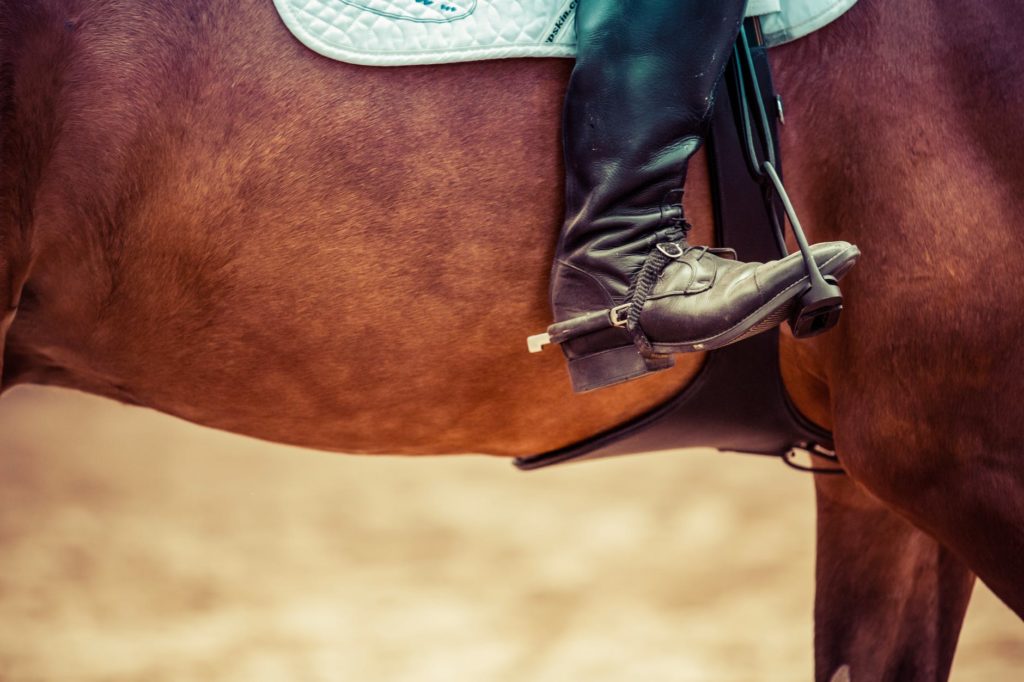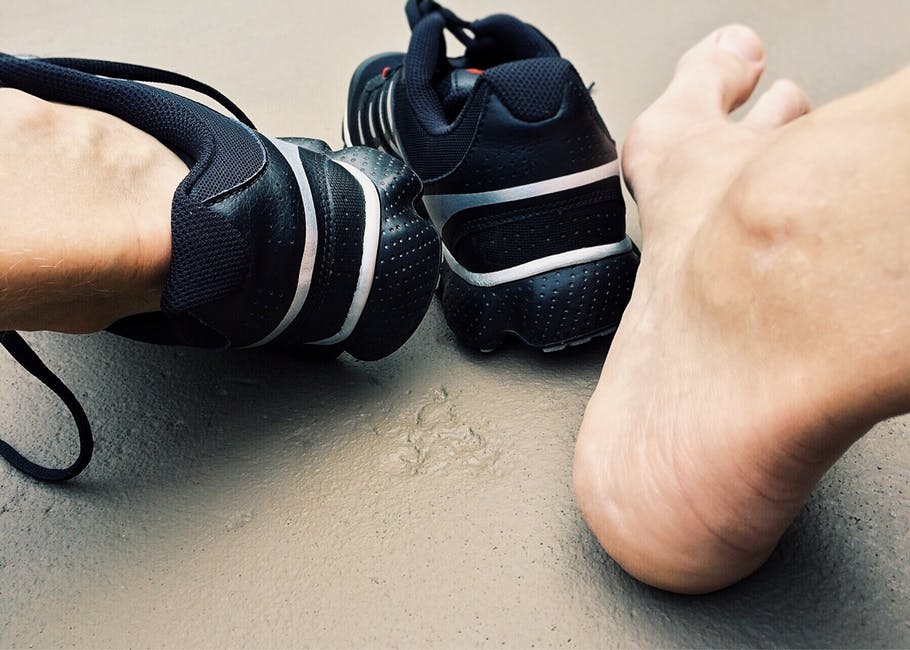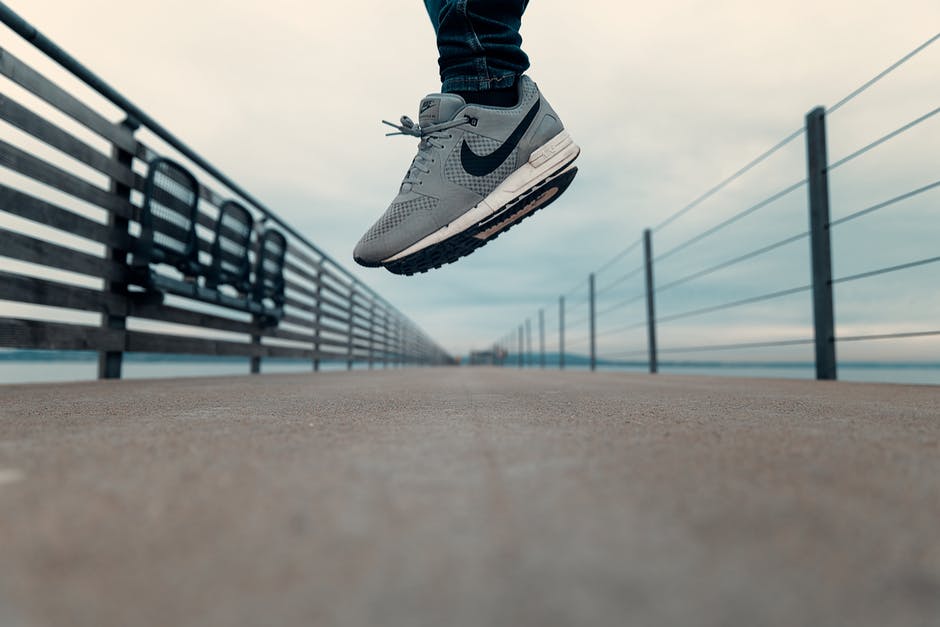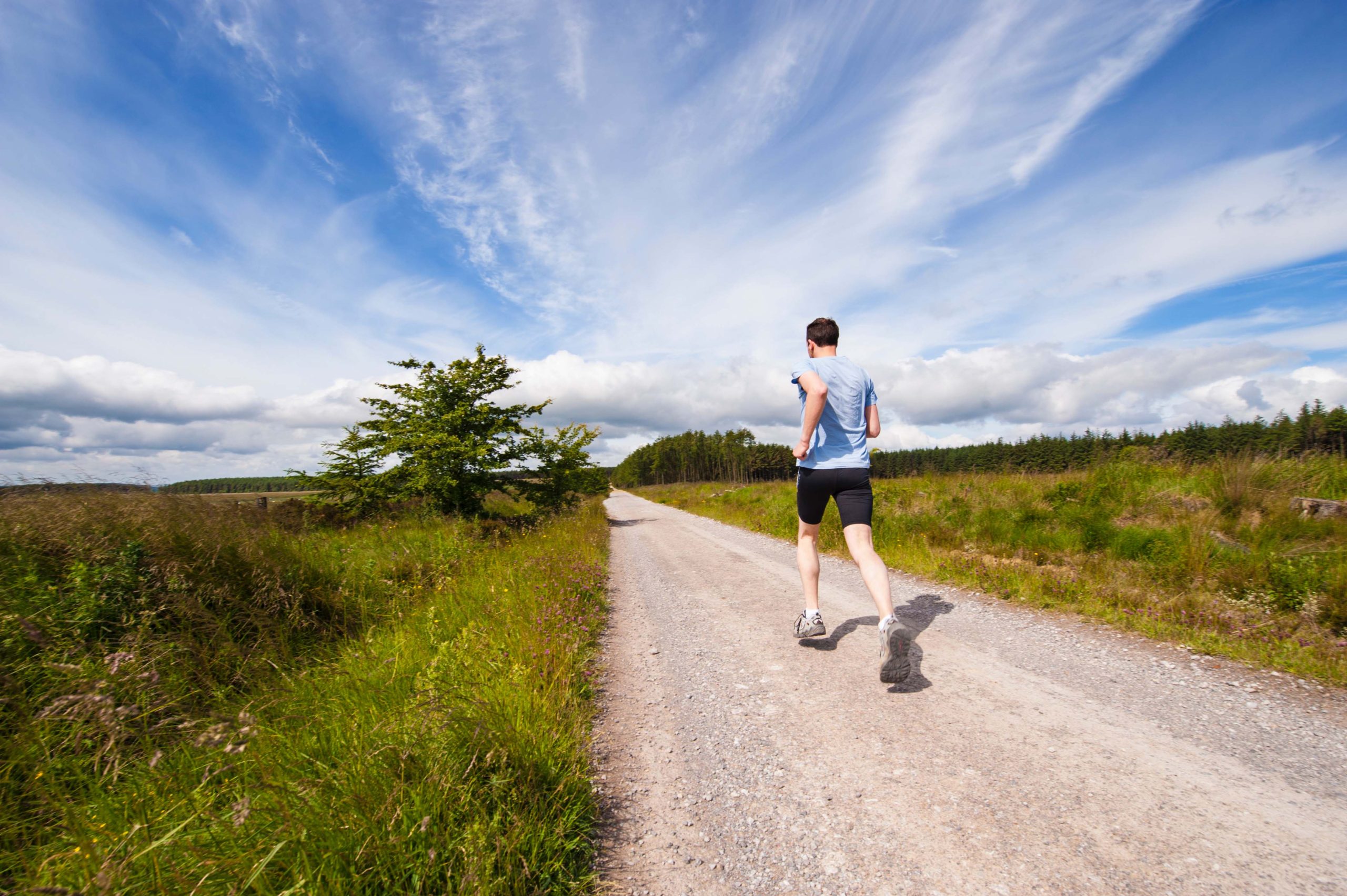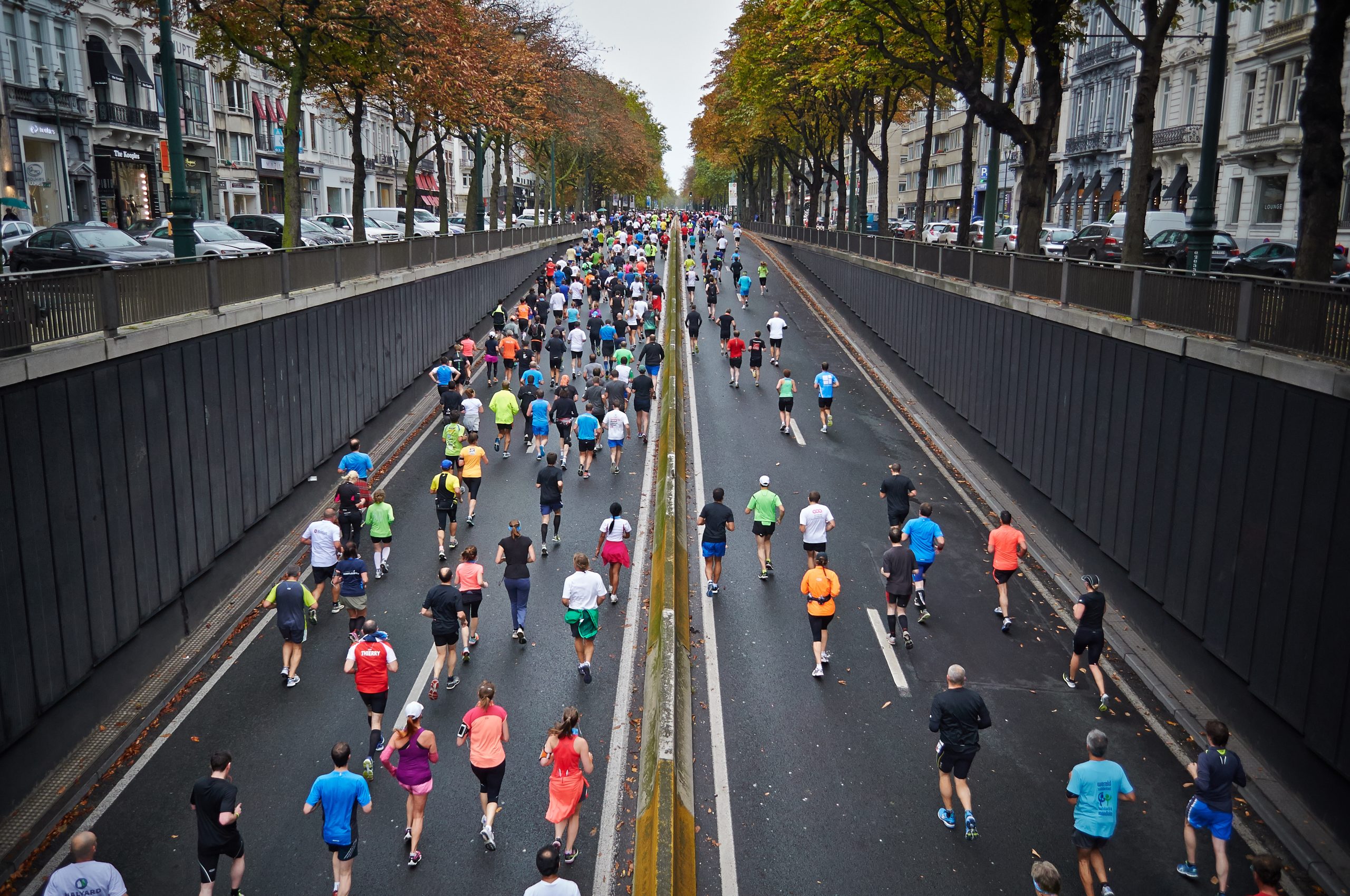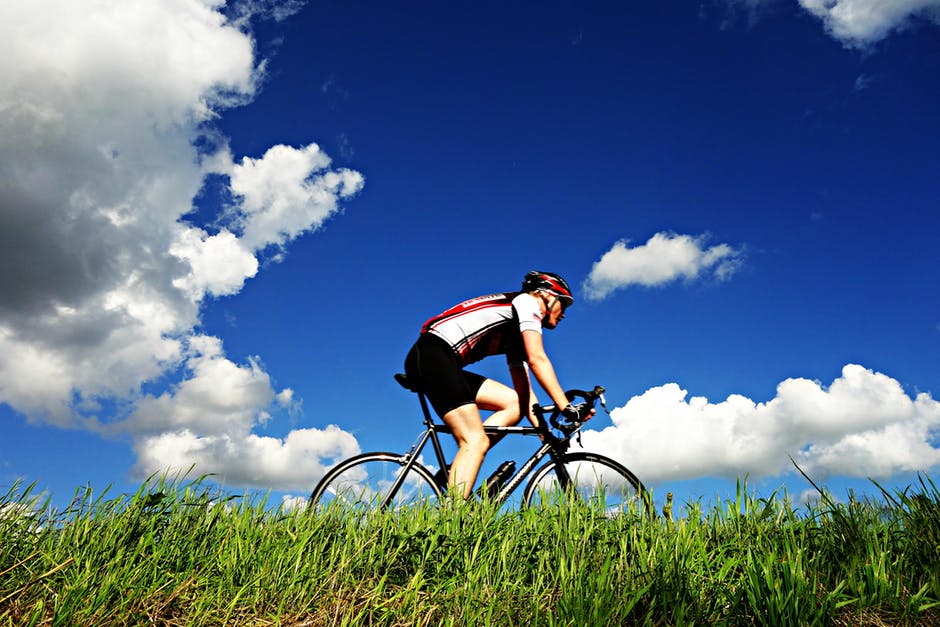Walking On My Toes
Elsie didn’t have time for heel pain. She loved being active and going for runs, and suddenly heel pain had stopped her in her tracks.
“I was walking on my toes,” Elsie said. “The pain was so bad, I couldn’t put any pressure on my heels. So I had to stop running and I was looking for a solution.”
Heel Pain, Gone
Elsie came to see Dr. James Anderson, DPM, and tried conservative treatment first.
Dr. Anderson said, “Elsie had plantar fasciitis (heel pain). We tried orthotics first, but nothing was really helping her. Instead of doing surgery, we recommended stem cell treatment. Often, patients can avoid surgery, and experience pain relief with only one stem cell treatment.”
“I had the stem cell treatment,” Elsie said. “After only one week, the pain was totally gone!”
Two years later, she came to see Dr. Anderson for a follow up appointment, and she was back to running and her heel pain had not returned.
Then, Knee Pain
Elsie had started to have knee pain, and mentioned it to Dr. Anderson. “I wore my cartilage down on the top and bottom of my knee, and it was hurting when I ran.” she said.
Dr. Anderson had good news. “We have recently integrated our practice, and are now offering stem cell treatment for knee pain as well as shoulder and hip pain.”
Elsie was thrilled, “I’m a firm believer in stem cell,” she says. “Because I have not had any trouble with my foot since my injection.”
Dr. Anderson treated her with the newest regenerative product that contains umbilical cord stem cells. “Umbilical cord stem cell treatment has the highest concentration of stem cells, growth factors, and proteins, so it’s a highly-effective product and can help patients avoid surgery,” Dr. Anderson says.
The Power of Stem Cell Treatment
“Stem cell treatment is a really powerful tool,” Dr. Anderson explains. “Because it works by stimulating your body’s natural ability to heal.”
“As we age, our bodies begin to degenerate, and we start to have pain. But, stem cells have the ability to become any kind of cell. They can become bone, tissue, tendon, or cartilage. So, it’s an amazing treatment option for a variety of conditions.”
“We’ve treated plantar fasciitis, Achilles tendonitis, and arthritis in the joints with stem cell therapies for years, and now we can treat knee pain, shoulder pain and hip bursitis as well.”
Back On Track
Elsie had the stem cell injection in her knee two weeks ago. “This week I was hurrying to do something, and I didn’t even mean to, but I started to run, and it didn’t hurt at all!”
“My knee just keeps feeling better and better every day,” Elsie says. “In another week or so, I’ll be back out there, running again.”
————————————————
Summer Special!
Now offering a FREE new patient exam and consultation! Expires 6/30/18. *X-Rays, testing and treatment not included.
